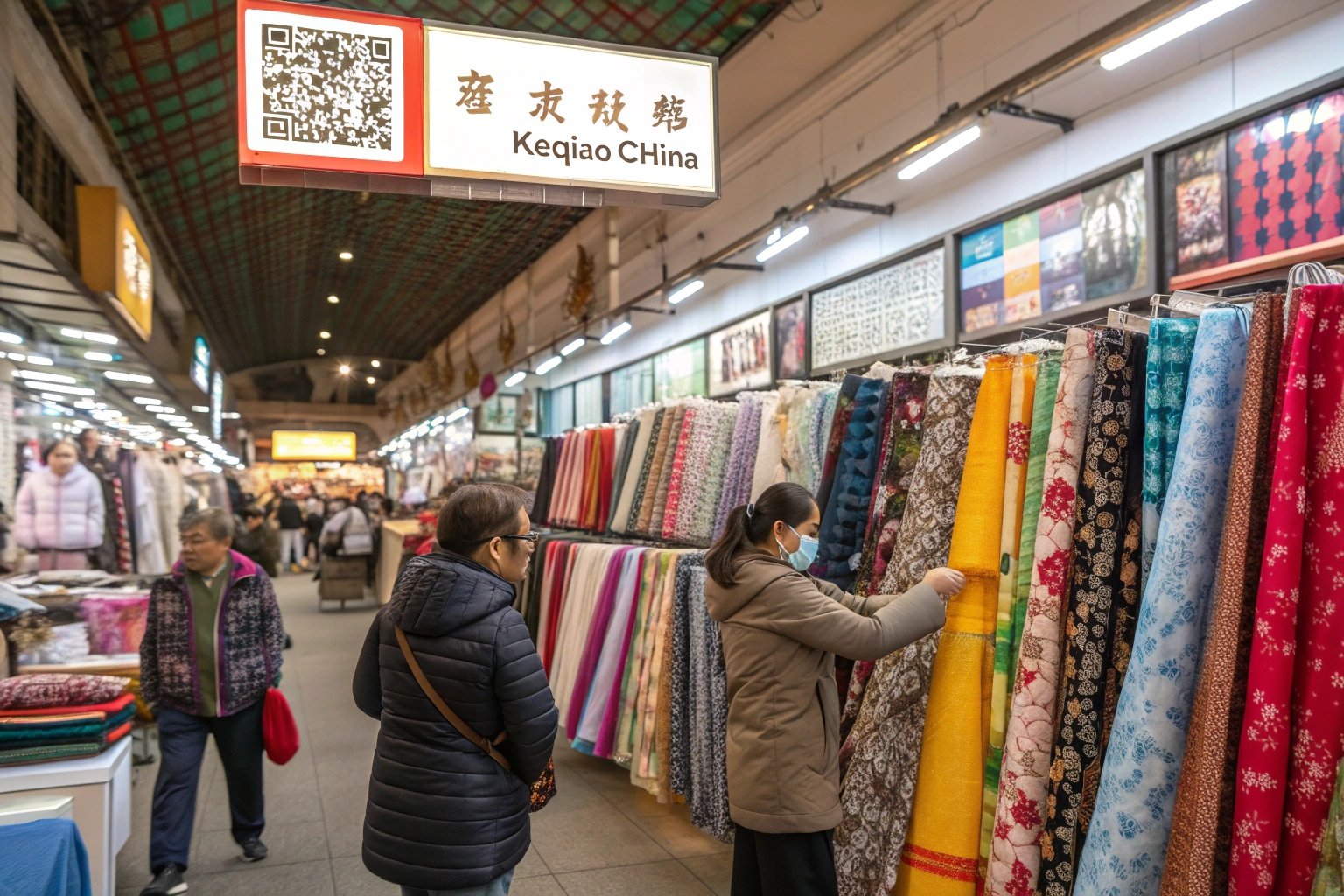When you're sourcing fabric internationally, speed is everything. A few days' delay in sample delivery or production start can disrupt an entire fashion season. But there's one place where sourcing gets radically faster: Keqiao.
Keqiao’s textile cluster isn’t just big—it’s optimized. Its concentration of mills, finishers, traders, and logistics hubs cuts turnaround times from weeks to days.
I’ve spent years working inside this ecosystem. As the founder of Fumao Fabric, headquartered in Keqiao, I’ve seen firsthand how buyers—like Ron from the U.S.—reduce lead times by up to 50% by working here. Let’s explore what makes Keqiao the fastest textile sourcing destination on the planet.
Why Does Keqiao Offer Faster Fabric Access Than Other Regions?
Other regions rely on long supplier chains. In Keqiao, they’re across the street. This proximity removes days of transit time between mills, dyers, and traders.
Keqiao is home to over 8,000 textile enterprises, tightly packed across a few kilometers—making it the world’s largest textile trading hub.
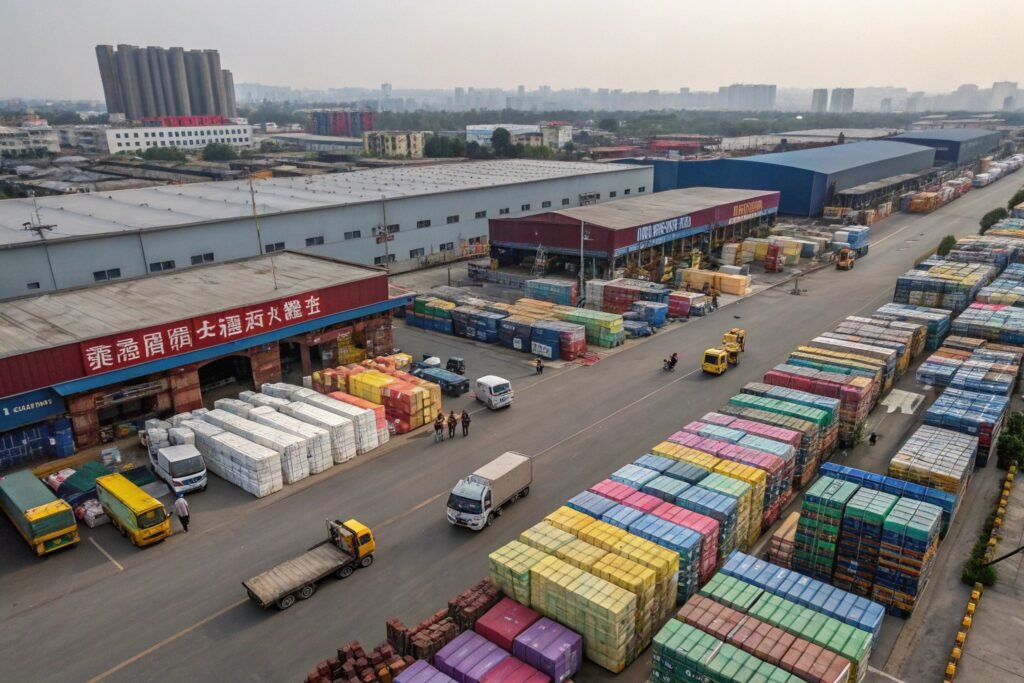
How Close Are Fabric Suppliers to Each Other?
Our printing partners are within 5km of our weaving mill. Dyers? 15 minutes away. Yarn suppliers? Two blocks. Unlike in India, Bangladesh, or even northern China, everything is local here. According to China Daily, Keqiao trades one-fourth of the world’s fabric.
Compare this to sourcing from Vietnam's textile regions, where finishers and forwarders may be in different cities, leading to delays.
What Is the Impact on Sampling and Stock Access?
We’ve reduced sample turnaround to 48 hours. Need 300m of stock velvet for a rush order? Chances are, it's already in Keqiao’s China Textile City, the largest fabric market globally. With over 30,000 physical booths and real-time QR-scanned stock data, buyers get immediate access.
How Do Local Dyeing and Finishing Partnerships Speed Up Production?
In most regions, dyeing is outsourced to separate cities or subcontractors. In Keqiao, vertical partnerships between weaving and dyeing are standard. That means instant handoffs and quicker approvals.
Fumao collaborates with dye houses that process lab dips in 24–48 hours, versus the usual 5–7 days elsewhere.
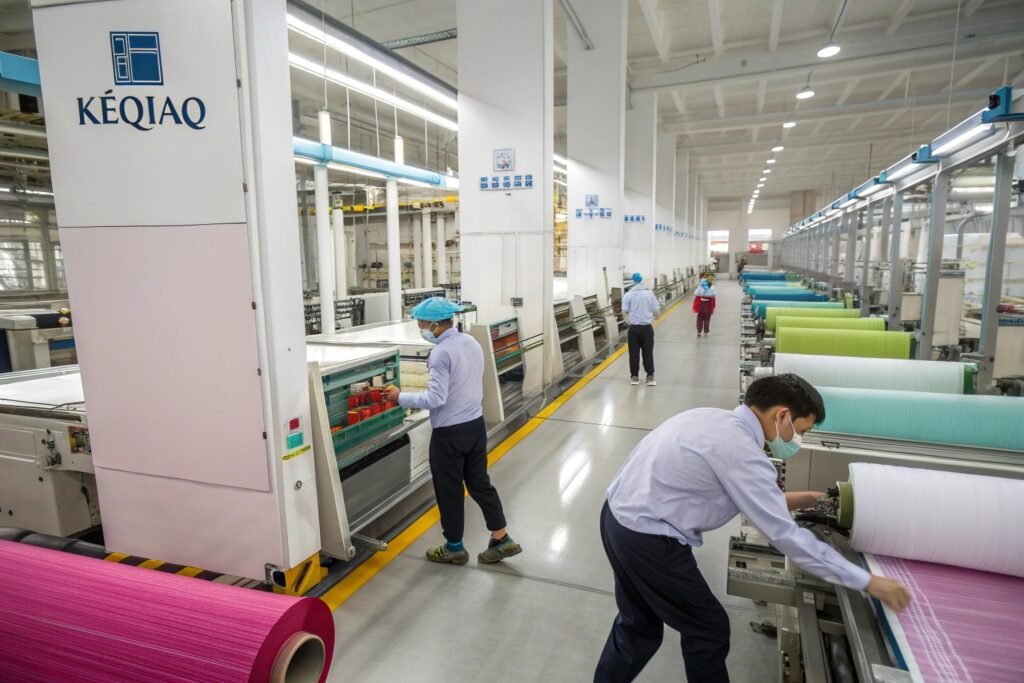
Why Is Lab Dip Speed Important?
Buyers often need to approve color before bulk starts. Waiting a week for a dye swatch delays everything. Thanks to our Keqiao partners, we dispatch lab dips the same day fabric exits the loom. Our dye teams work overnight during seasonal rushes.
Refer to Intertek’s lab dip testing guide to understand industry standards, or learn about Keqiao’s green dyeing zones supporting sustainable speed.
How Do Co-Located Services Reduce Logistics Time?
In Keqiao, coating, lamination, embroidery, and inspection can be done within a few blocks. This clustering eliminates the 3–5 day delays caused by trucking semi-finished goods between provinces or across borders. For many of our clients, this alone saves one week per order.
What Is the Role of China Textile City in Sourcing Speed?
Imagine walking into a market and instantly accessing 500,000+ fabrics—from silk blends to waterproof techwear—all cataloged with QR-based availability. That’s the daily reality at China Textile City.
The market isn’t just physical—it’s a smart system integrated with suppliers’ ERP platforms, enabling real-time sourcing and decision-making.
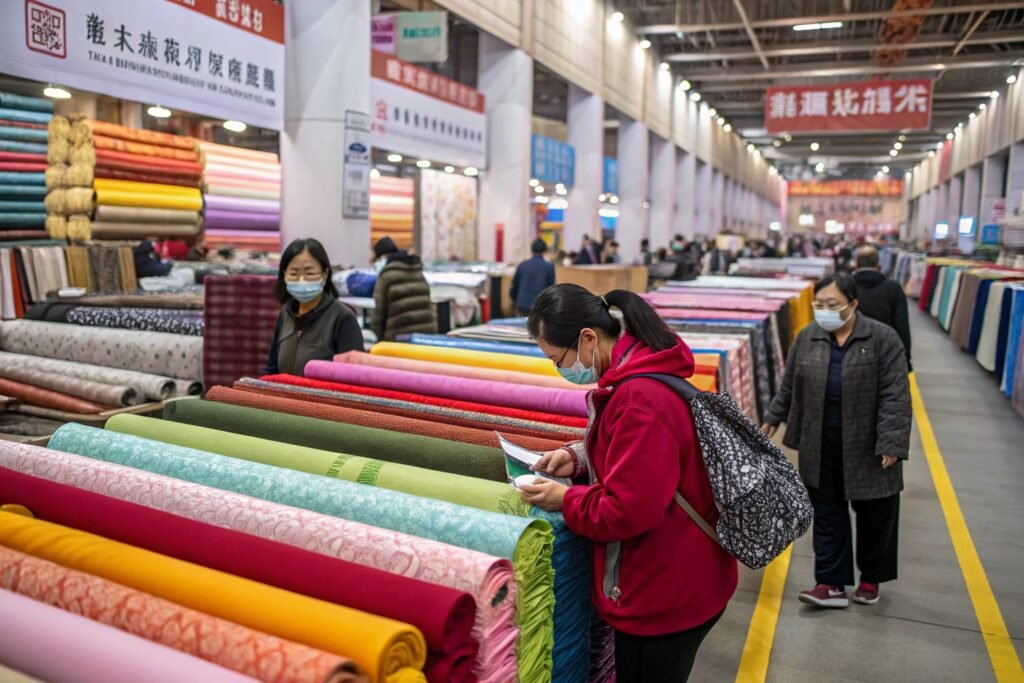
How Does Real-Time Inventory Work?
Many booths inside the market allow buyers to scan a QR code on any fabric and immediately see:
- Roll availability
- Minimum order quantity
- Composition breakdown
- Colorfastness certifications
- Delivery lead times
This is powered by Zhejiang's “Smart Textile Market” initiative and platforms like Global Textile Network that connect offline inventory to online B2B systems.
Can International Buyers Source Remotely?
Yes. We help clients select materials remotely using live-stream walk-throughs of the market. Within 30 minutes, we can locate options across dozens of booths, courier samples, and reserve inventory. For U.S. and EU buyers who can’t fly in, this changes the game.
How Do Keqiao’s Logistics Systems Accelerate Exports?
Getting the fabric made is one thing. Getting it shipped fast is another. Keqiao solves both. The city operates as a textile-specific export hub with dedicated customs, bonded warehouses, and multimodal shipping.
Fabric made in Keqiao ships faster to over 100 countries via nearby ports, rail, and air corridors.
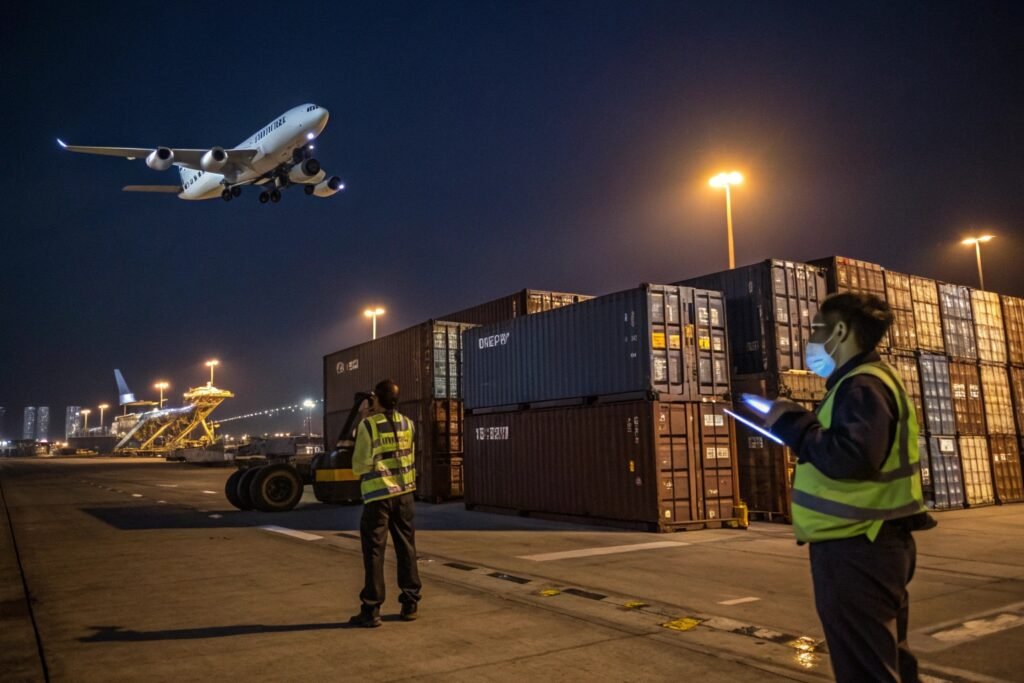
What Are the Export Infrastructure Highlights?
- Yiwu Airport: handles time-sensitive cargo
- Ningbo Port: major maritime exit 2 hours away
- China-Europe Rail: direct trains to Poland, Germany, and Russia
- “Silk Road Keqiao” Project: offers bonded warehouses, reducing customs processing by 2–3 days
More info can be found on Zhejiang’s Belt and Road textile logistics or explore China’s cross-border logistics platforms.
How Does Fumao Optimize Lead Time Further?
Our factory integrates QR-coded roll tracking, in-house quality inspection, and digital shipping documentation. Once production ends, we coordinate customs clearance and container loading within 48 hours. Clients receive weekly ETD updates and real-time transit tracking.
Conclusion
Keqiao’s textile cluster doesn’t just offer scale—it offers speed. From in-house dyeing to one-click sourcing and bonded logistics zones, the region is built for global buyers who value time as much as price. For anyone sourcing fabric from China, working inside Keqiao’s ecosystem is the difference between a 45-day headache and a 21-day delivery win. At Fumao, we help you plug directly into this system—so your designs launch on time, every time.

